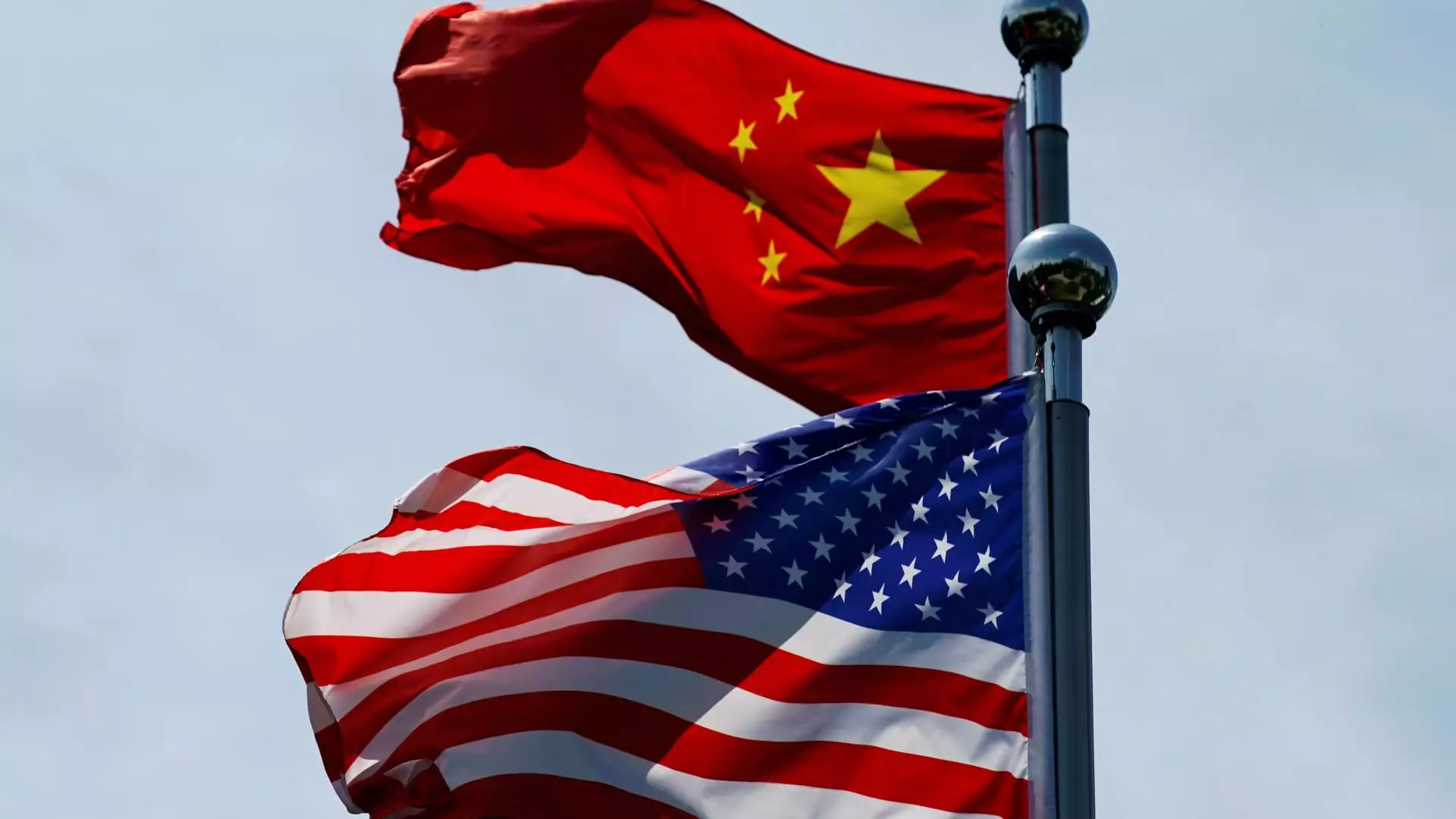The recent announcement by President-elect Donald Trump regarding an additional 10% tariff on all Chinese imports has stirred significant discussions in both domestic and international circles. Scheduled to be inaugurated on January 20, Trump has articulated a clear message: he intends to strengthen America’s economic stance against what he perceives as unfair trade practices. His social media post outlining this policy change also included intentions to impose a substantial 25% tariff on goods imported from Mexico and Canada, raising concerns about the future of regional trade agreements. This article dives deeper into the implications of these proposed tariffs and their broader economic ramifications.
The Justification Behind the Tariffs
Trump’s rationale for imposing these tariffs is multifaceted, centering around issues of illegal immigration and the narcotics trade, particularly the influx of fentanyl—a synthetic opioid predominantly manufactured in China—into the United States. Citing a lack of cooperation from Beijing in tackling this crisis, Trump cites his frustrations with previous dialogues aimed at curbing drug trafficking. The connection between drug-related issues and trade policy highlights a contentious intertwining of public health and economic policy, raising questions about whether tariffs are the most effective solution to what is fundamentally a complex social issue.
The response from China has been one of cautious opposition. Liu Pengyu, spokesperson for the Chinese embassy in the U.S., emphasized the mutually beneficial nature of the bilateral economic relationship, asserting that both nations have engaged in ongoing cooperation concerning counternarcotics. Such statements reflect a diplomatic endeavor to navigate this sudden increase in economic pressure. Economists note that while tariffs could serve as a short-term measure to exert pressure on China, they could also backfire, complicating an already delicate international trading system.
Market analysts are expressing varied opinions about the predicted ramifications of Trump’s tariff hike. Kinger Lau, chief China equity strategist at Goldman Sachs, suggested that the proposed 10% tariffs are less severe than previously speculated, and he anticipates that China will respond with rate cuts and fiscal stimulus to mitigate the potential impacts. The interconnectedness of globalization means that shifts in U.S. trade policy could have cascading effects on global markets, influencing currency values and shifting trade balances.
Furthermore, given that Mexico is the largest trading partner of the United States, any imposed tariffs could reverberate through the North American economy. The threat of tariffs may strain relationships and disrupt established supply chains, leading businesses to reconsider their operational strategies in North America. The potential for trade wars goes beyond direct financial implications; it poses risks to economic stability and could incite retaliatory measures from affected countries.
The Stake of the U.S. Dollar
As speculation surrounds the proposed tariff increases, the U.S. dollar has shown a marked strength against other currencies, including the Mexican peso and the Canadian dollar. Such fluctuations may suggest market participants are bracing for a rocky economic environment resulting from these trade policies. A strong dollar might benefit U.S. consumers in the short-term through cheaper imports but could make American exports less competitive abroad, thereby adversely affecting domestic manufacturers.
Trump’s proposed tariffs on China and North American neighbors signify a bold yet contentious approach to U.S. trade policy. While aimed at addressing pressing issues like illegal immigration and drug trafficking, the long-term effects of these tariffs remain uncertain. The intricate web of global economics means that any unilateral action taken by the U.S. could have broader implications, necessitating strategic diplomacy and cooperation among trade partners. As the inauguration date approaches, both domestic and global stakeholders are left to contemplate the potential outcomes of this new economic direction. A delicate balance between national interests and international cooperation will be crucial in navigating this evolving trade landscape.

Leave a Reply